Music is more than just sound; it’s a form of expression, emotion, and connection. For musicians, their instrument is not just a tool but an extension of their soul. When a musician experiences limb loss, the journey back to playing music can feel daunting. However, modern prosthetics offer new opportunities for musicians to regain their creative voice and continue their passion.
At Robobionics, we believe that prosthetics are not just replacements for lost limbs—they are enablers of creativity and innovation. With specialized designs tailored to the needs of musicians, prosthetics can help individuals overcome physical barriers and reconnect with their art.
Understanding the Unique Needs of Musicians
Musicians are not just performers; they are artists who rely on a blend of technical skill, muscle memory, and emotional connection to create their craft. Limb loss can disrupt this balance, making it difficult to play an instrument with the same precision or emotional depth. However, the unique needs of musicians also create opportunities for highly specialized prosthetic designs that restore not just functionality, but artistry.
The Physical Demands of Musicianship
Each instrument requires unique physical movements, from the delicate strumming of a guitar to the powerful coordination of a drummer. Prosthetics designed for musicians must account for these specialized movements, offering control, dexterity, and responsiveness.
For instance, a prosthetic hand for a pianist might need to replicate the fine motor skills necessary for rapid finger movements, while a device for a violinist must provide both grip and wrist flexibility.
Robobionics understands that one-size-fits-all solutions are not effective for musicians. Our approach involves collaborating closely with users to understand the specific challenges posed by their instrument and performance style.
Emotional and Creative Challenges
Beyond the physical difficulties, losing a limb can be emotionally overwhelming for musicians. Many feel a sense of loss tied to their identity as artists. The fear of not being able to play at the same level or losing their audience can be paralyzing.
Prosthetics that cater to musicians must do more than restore movement; they must also inspire confidence and creativity. At Robobionics, we work to ensure that musicians view their prosthetic not as a limitation, but as an extension of their potential.
Gamified rehabilitation programs designed specifically for creative tasks can help musicians regain their skills while fostering emotional resilience.

Technologies Shaping Prosthetics for Musicians
The development of prosthetics for musicians combines advanced technology with artistic understanding. These innovations are transforming how musicians approach their craft after limb loss, allowing for new possibilities in both performance and composition.
Adaptive Grip Technology
For many musicians, precise grip control is essential. Whether it’s holding a drumstick, bow, or pick, adaptive grip technology allows prosthetic users to customize the tension and angle of their grip to suit their instrument.
Advanced materials ensure that the grip remains stable during performance, preventing slips or unnecessary pressure.
Robobionics integrates multi-grip modes into our designs, offering musicians the flexibility to switch between tasks seamlessly. For example, a guitarist might need a firm grip for strumming and a lighter touch for plucking individual strings.
Sensory Feedback Systems
Playing music is as much about feeling as it is about sound. Sensory feedback systems allow musicians to experience a sense of touch through their prosthetic, offering them greater control and a more intuitive connection to their instrument.
Through sensors embedded in the prosthetic, musicians can perceive vibrations and textures, which are critical for tasks like adjusting finger pressure on a string or feeling the response of a drumhead.
Robobionics uses advanced sensor technology to enhance this tactile experience, helping musicians rebuild their sensory connection to their craft.
Customizable Prosthetics for Unique Instruments
Each instrument demands specific adaptations, and prosthetics for musicians must reflect these needs. A prosthetic arm for a drummer, for example, might require built-in mechanisms for dynamic force application, while a flutist’s prosthetic could prioritize wrist rotation and airflow control.
Robobionics leverages 3D printing to create highly customized prosthetics that align with the musician’s instrument and style. This approach allows us to offer solutions that are not only functional but also tailored to the unique needs of the user.
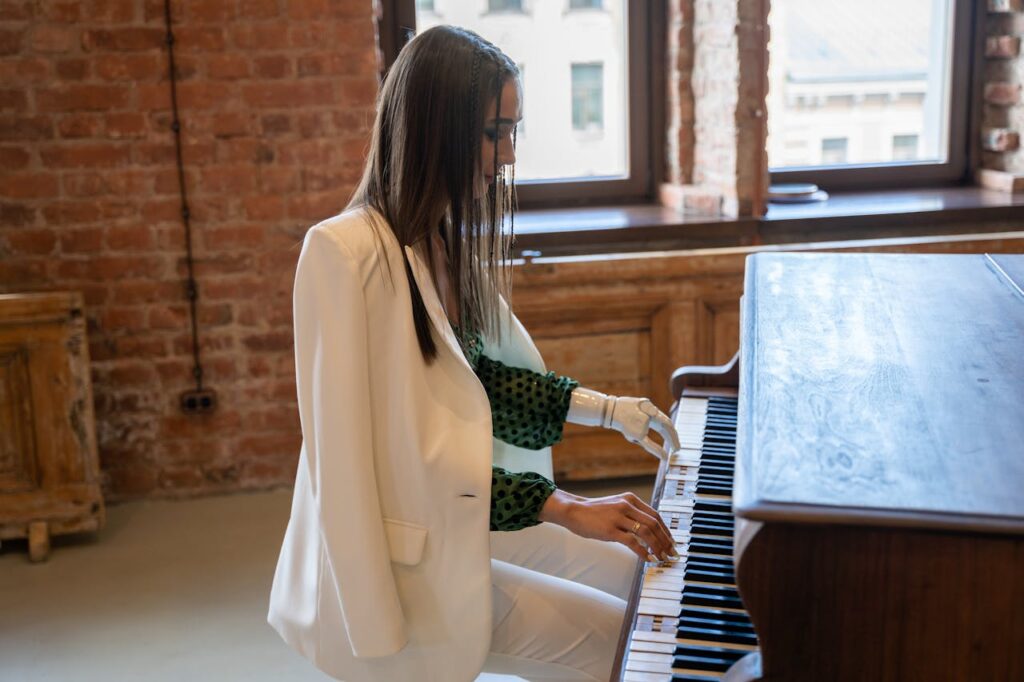
Empowering Musicians Through Rehabilitation
Rehabilitation is a crucial step in helping musicians regain their skills and confidence. At Robobionics, we recognize that traditional rehabilitation methods may not always address the creative needs of musicians, which is why we’ve developed specialized programs to bridge this gap.
Gamified Rehabilitation for Musicians
Gamified rehabilitation uses interactive exercises that mimic real-life tasks, making the process engaging and relevant. For musicians, this might include virtual drumming sessions, simulated piano practice, or guitar strumming challenges.
These exercises help musicians rebuild muscle memory and improve coordination in a motivating, low-pressure environment.
Through our gamified programs, we aim to make rehabilitation an exciting and inspiring journey rather than a clinical process.
Encouraging Emotional Resilience
Rehabilitation for musicians must address emotional challenges as well. Robobionics provides access to peer networks and support groups where musicians can connect, share experiences, and draw inspiration from others who have successfully returned to music after limb loss.
Tailoring Rehabilitation to Artistic Needs
The process of rehabilitation for musicians requires a specialized approach that integrates their physical recovery with their creative ambitions.
Each musician’s journey is unique, shaped by their instrument, style of play, and personal goals. Rehabilitation programs must account for these factors, offering exercises and techniques that are directly relevant to their craft.
For example, a guitarist might need exercises to improve fine motor control for fingerpicking, while a drummer may focus on building the strength and rhythm required for percussion.
Tailoring these activities ensures that the rehabilitation process feels purposeful and connected to the musician’s artistry.
Leveraging Technology for Enhanced Recovery
Technology plays a critical role in making rehabilitation for musicians more effective and engaging. Virtual reality (VR) and augmented reality (AR) tools, for instance, can simulate real-world performance scenarios, helping musicians practice in immersive environments.
These technologies provide valuable feedback on posture, movement, and technique, accelerating the learning curve.
Robobionics integrates gamification into rehabilitation, creating interactive exercises that turn recovery into an enjoyable process.
For musicians, this could involve playing virtual instruments, performing with a simulated orchestra, or composing music in a gamified setting. Such innovations not only enhance skill-building but also reignite the joy of creating music.
Emotional Empowerment as Part of Rehabilitation
The emotional impact of limb loss can be profound, and rehabilitation for musicians must address their psychological well-being alongside physical recovery.
Many musicians grapple with feelings of frustration, fear, or loss of identity when they can no longer perform as they once did. A supportive rehabilitation environment can help them overcome these barriers and embrace their potential.
Businesses can provide resources such as access to counselors, peer support groups, and mentorship programs to create a comprehensive support system.
Connecting musicians with others who have successfully adapted to prosthetics can inspire hope and motivate them to persevere through challenges.
Collaborating with Musicians to Design the Perfect Prosthetic
Musicians have unique, personal relationships with their instruments, and their feedback is invaluable in designing prosthetics that enhance creativity and performance. At Robobionics, we prioritize collaboration with musicians to ensure that every device we create not only meets their functional needs but also complements their artistic vision.
The Importance of Personalized Design
Every musician has a distinct playing style, even among those who use the same instrument. A guitarist’s strumming technique, for example, might differ significantly depending on the genre they play—whether it’s flamenco, jazz, or heavy metal.
Prosthetics for musicians must accommodate these individual differences to deliver the precision and flexibility needed for creative expression.
Through detailed consultations, Robobionics works directly with musicians to understand their requirements. By examining how they hold, move, and interact with their instruments, we develop prosthetics that feel like natural extensions of their body.
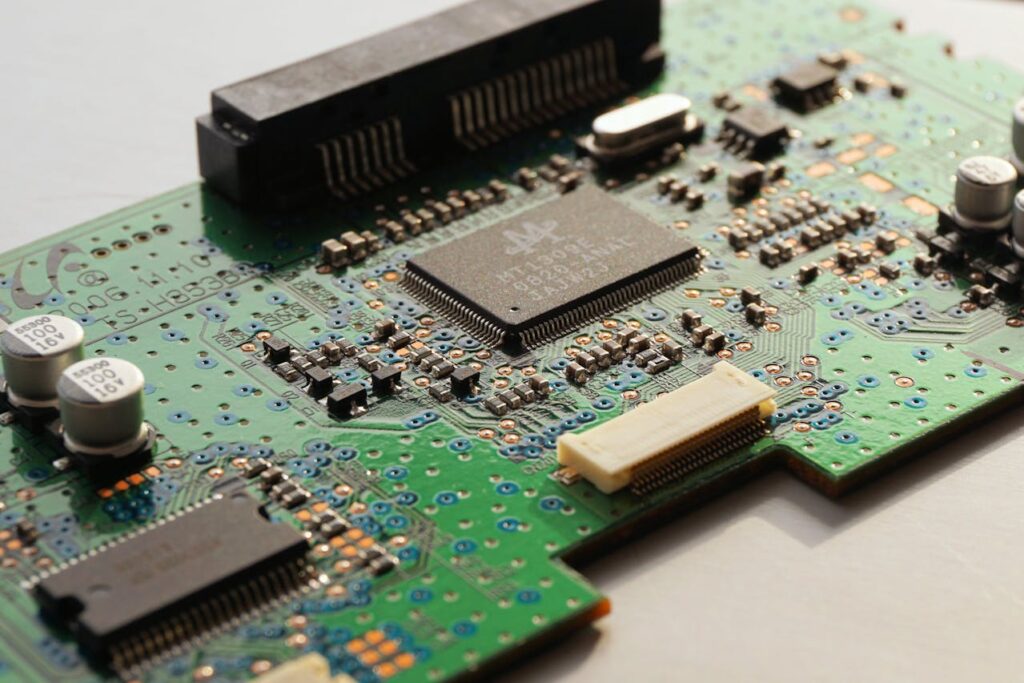
Building Relationships with the Music Community
To create effective prosthetic solutions for musicians, it’s crucial to engage with the broader music community. Robobionics actively partners with music schools, professional musicians, and rehabilitation specialists to gather insights into the challenges faced by musicians with limb loss.
These collaborations help us stay attuned to emerging trends in music performance and technology, ensuring that our designs remain innovative and relevant.
By fostering connections with the music industry, businesses like ours can also create opportunities for musicians to showcase their talents, raising awareness about the transformative power of prosthetics.
Breaking New Ground: The Role of Technology and Innovation
As technology evolves, so too does the potential for prosthetics to empower musicians in extraordinary ways. From AI-driven enhancements to robotic components, the future of prosthetics for musicians is filled with exciting possibilities.
AI-Powered Prosthetics for Music
Artificial intelligence (AI) is revolutionizing the prosthetics industry by enabling devices to learn and adapt to a user’s unique movements. For musicians, this means prosthetics that can anticipate their playing style, making adjustments in real-time to enhance performance.
Imagine a prosthetic hand that recognizes the subtle changes in a guitarist’s strumming pattern and adapts its grip accordingly. Or a robotic drumming arm that can match the intensity and tempo of a drummer’s playing.
These advancements are no longer the stuff of science fiction—they are becoming a reality, and Robobionics is at the forefront of integrating AI into prosthetic design.
Expanding Accessibility Through 3D Printing
One of the most promising technologies shaping the future of prosthetics is 3D printing. For musicians, 3D printing offers unprecedented levels of customization, allowing prosthetics to be tailored not just to their physical needs but also to their creative preferences.
With 3D printing, Robobionics can produce lightweight, ergonomic prosthetics quickly and cost-effectively. This ensures that musicians can access high-quality solutions without long waiting periods or excessive costs.
It also opens up possibilities for artistic customization, such as incorporating unique designs or colors that reflect the musician’s personality.
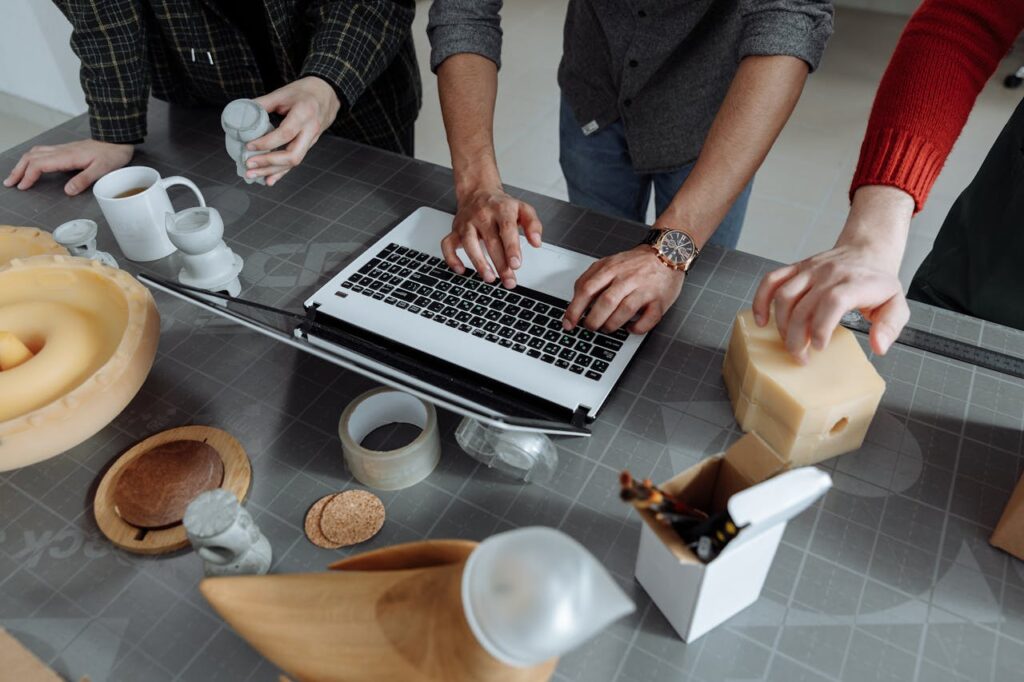
Blurring the Line Between Human and Machine
The next frontier in prosthetics for musicians lies in the seamless integration of human biology with robotic technology. Advanced robotic components can replicate the precision and nuance required for playing even the most complex musical compositions.
For example, robotic fingers with sensory feedback could allow pianists to control pressure on each key, capturing the subtleties of dynamics and phrasing. Similarly, robotic limbs could enable drummers to execute intricate rhythms with unparalleled accuracy.
Robobionics is exploring these cutting-edge technologies to create prosthetics that push the boundaries of what musicians can achieve after limb loss.
Fostering a New Narrative: Musicians as Innovators
Musicians who embrace prosthetics often become pioneers in their field, demonstrating that creativity knows no limits. These individuals challenge preconceived notions of disability, inspiring others with their resilience and innovation.
At Robobionics, we celebrate these trailblazers by supporting their artistic journeys and amplifying their stories. By showcasing their achievements, we aim to shift the narrative around prosthetics from one of limitation to one of possibility.
Highlighting Creativity Beyond Limitations
Musicians using prosthetics often approach their craft with a unique perspective. The challenges of adapting to a prosthetic can lead to new techniques and sounds that redefine musical expression.
For instance, a guitarist using a robotic hand with adjustable grip might experiment with string bending in ways that a traditional hand could not, creating entirely new sonic textures.
Similarly, a drummer equipped with a prosthetic capable of rapid, consistent beats might push the boundaries of rhythm and tempo in unprecedented ways.
Businesses can support these innovations by collaborating with musicians to design prosthetics that not only restore their ability to play but also expand their creative possibilities.
Encouraging these artists to experiment with their devices fosters a culture of innovation that resonates far beyond the individual.
Showcasing the Achievements of Prosthetic-Enabled Musicians
One of the most effective ways to foster this new narrative is by highlighting the achievements of musicians who use prosthetics.
These stories serve as powerful testimonials, demonstrating the transformative potential of prosthetic technology while inspiring others to embrace their own journeys.
At Robobionics, we actively work with musicians to document and share their stories through interviews, performance videos, and community events. These narratives celebrate their resilience and artistry while positioning our brand as a champion of creativity.
Inspiring a New Generation of Musicians
The narrative of musicians as innovators has the power to inspire a new generation of artists, both with and without limb loss.
By promoting the idea that prosthetics are tools of empowerment, businesses can encourage young musicians to view these devices as enablers of creativity rather than symbols of limitation.
Education and outreach programs are key to fostering this mindset. Workshops, school presentations, and mentorship programs can introduce aspiring musicians to the possibilities of prosthetic-enabled artistry, helping them see a future where creativity thrives regardless of physical challenges.
Supporting Musicians as Innovators
Musicians with prosthetics are not just adapting to technology—they are shaping it. Their feedback and insights can drive the development of new prosthetic features, making them key collaborators in the innovation process.
By actively involving musicians in research and development, businesses can create devices that are more functional, intuitive, and artistically enabling.
For example, a pianist may suggest modifications to improve finger articulation for complex passages, while a percussionist could identify ways to enhance force distribution for dynamic drumming.
Incorporating this expertise into the design process ensures that prosthetics meet the real-world demands of musicianship.
Creating Opportunities for Cross-Industry Collaboration
Musicians who use prosthetics often work at the intersection of art and technology. Businesses can amplify their impact by fostering collaborations with other innovators, such as instrument makers, tech developers, or performance venues.
These partnerships can lead to groundbreaking creations that push the boundaries of what’s possible in music.
For example, a musician using a sensory-feedback prosthetic might collaborate with a guitar manufacturer to develop strings that respond differently to varying pressure levels, creating a unique tactile experience.
Similarly, a percussionist could team up with an electronics company to design drum pads that integrate seamlessly with robotic arms.
Supporting the Transition: Helping Musicians Adapt to Prosthetics
Adapting to a prosthetic can be an emotional and technical challenge for musicians. The process involves relearning skills, building confidence, and rediscovering joy in creating music. For businesses like Robobionics, supporting this transition is about providing not just a product, but a complete ecosystem of care and guidance.
Tailored Onboarding and Training
Every musician’s journey with a prosthetic is unique. Some may require extensive training to adapt to a new playing technique, while others might need minor adjustments to regain their rhythm. Businesses can play a vital role by offering tailored onboarding programs that address the specific needs of musicians.
Robobionics emphasizes a step-by-step approach, beginning with an evaluation of the musician’s physical and creative goals. From there, we design training sessions that mirror real-world scenarios.
A pianist might practice scales to rebuild finger coordination, while a percussionist might work on replicating dynamic rhythms.
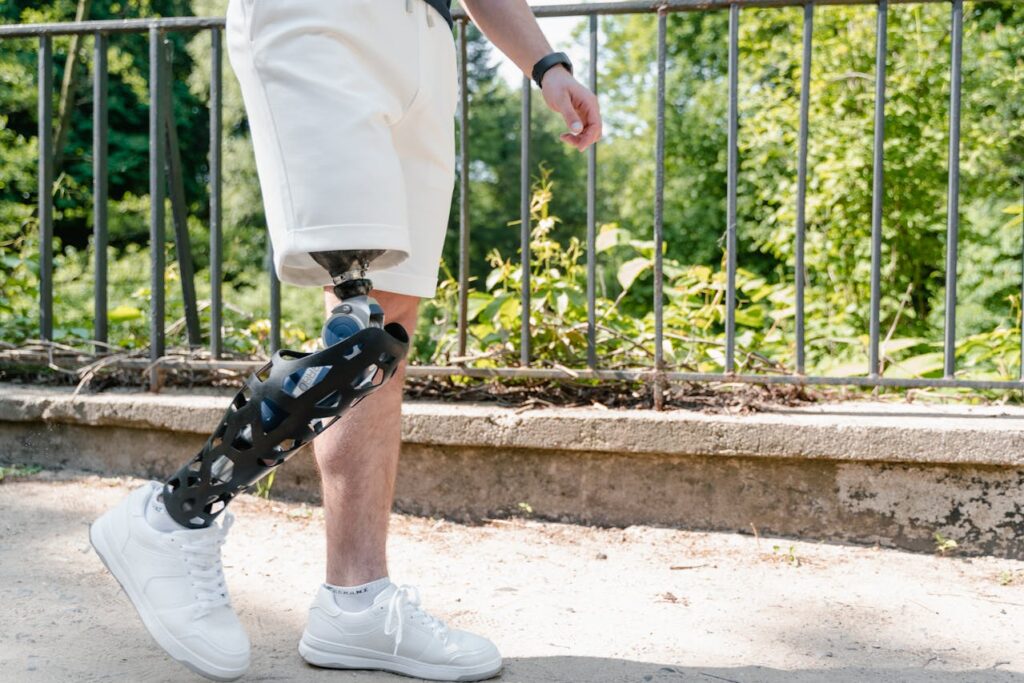
The Role of Rehabilitation Specialists
Collaboration with rehabilitation specialists can significantly improve outcomes for musicians using prosthetics. Physical therapists, occupational therapists, and music coaches can work together to create integrated training plans.
This multidisciplinary approach ensures that the musician’s physical recovery aligns seamlessly with their creative aspirations.
At Robobionics, we actively partner with rehabilitation professionals to provide holistic care. For businesses, building these relationships is not just a strategic move but a way to deliver meaningful results for users.
Emotional Encouragement Through Peer Networks
For many musicians, the emotional journey of adapting to a prosthetic is as important as the physical one. Peer networks play a powerful role in this process, offering encouragement, advice, and a sense of belonging.
Robobionics facilitates connections between musicians who have successfully adapted to prosthetics and those who are just starting their journey. These peer mentors share their experiences, inspire confidence, and remind new users that their creativity has no limits.
Businesses can create similar networks by hosting community events or online forums where musicians can engage with one another.
Creating Opportunities for Musicians with Prosthetics
Empowering musicians with prosthetics goes beyond helping them adapt—it’s about creating platforms where they can thrive. Performance opportunities, workshops, and collaborations can all play a role in fostering their success.
Showcasing Talent Through Performances
Musicians who use prosthetics often bring a unique perspective to their craft, blending innovation with artistry. Businesses can celebrate this by organizing concerts, exhibitions, or talent showcases that highlight the achievements of these artists.
At Robobionics, we believe that every performance is an opportunity to inspire others and change perceptions about prosthetics. By providing a stage for musicians with limb loss, we aim to amplify their voices and demonstrate the limitless potential of creativity.
Supporting Education and Professional Growth
Access to education is crucial for musicians who wish to hone their craft or explore new genres. Businesses can support this by sponsoring scholarships, offering training programs, or partnering with music schools to develop specialized courses for musicians with prosthetics.
Robobionics collaborates with educators and industry professionals to create opportunities for lifelong learning. These initiatives help musicians expand their skills and advance their careers, ensuring that limb loss is never a barrier to success.
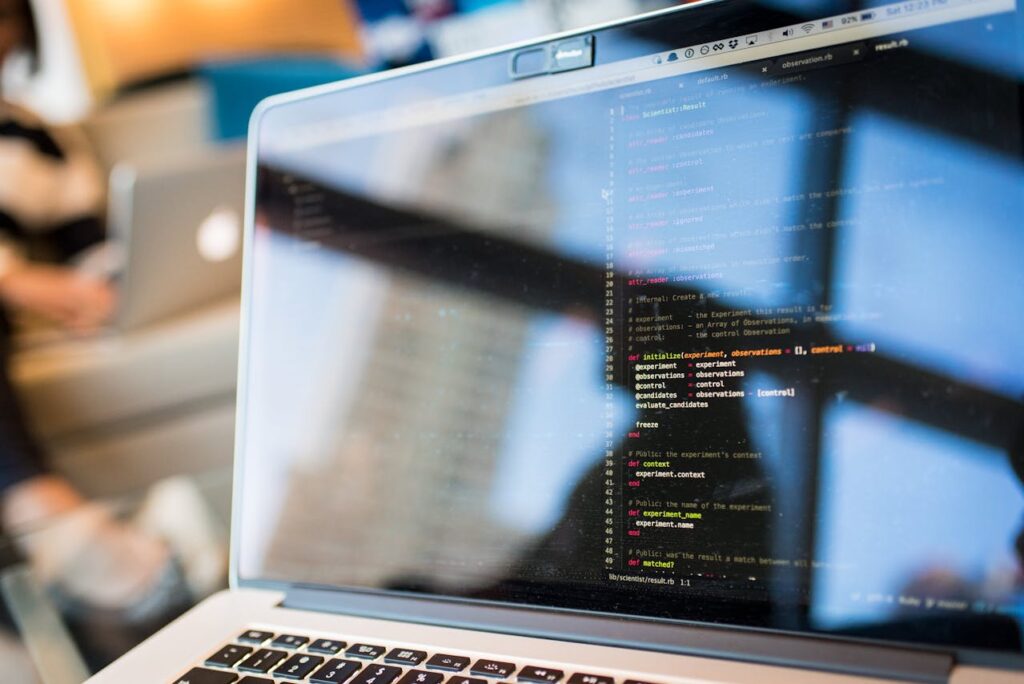
Encouraging Collaboration and Innovation
Collaboration is a cornerstone of creativity, and musicians with prosthetics have much to contribute to the industry. Businesses can foster partnerships between these musicians and composers, producers, or instrument makers to explore new possibilities in music.
For example, a drummer using a robotic arm might collaborate with an instrument designer to develop custom drumsticks, or a guitarist with a sensory-feedback prosthetic could work with a composer to create unique soundscapes.
At Robobionics, we actively encourage such collaborations, believing that they enrich both the individual and the broader music community.
Conclusion
For musicians, losing a limb is not the end of their creative journey—it’s the beginning of a new chapter, one filled with resilience, innovation, and rediscovered artistry.
Specialized prosthetics designed for musicians are more than devices; they are instruments of empowerment, enabling artists to reclaim their craft and continue sharing their unique voices with the world.
At Robobionics, we are dedicated to supporting musicians in every step of this transformative journey.
From advanced prosthetic technology to personalized rehabilitation programs, we ensure that every solution is tailored to meet the physical, emotional, and creative needs of musicians. Our mission is to help them not just play music but thrive as artists who redefine possibilities.



